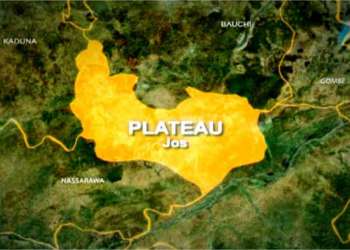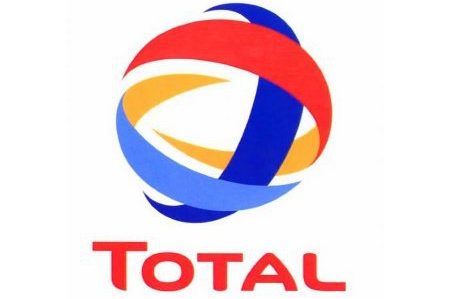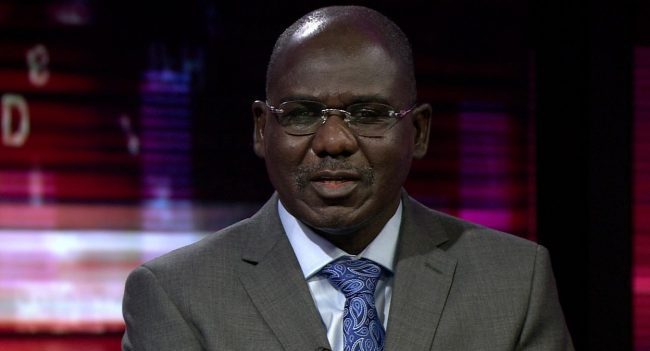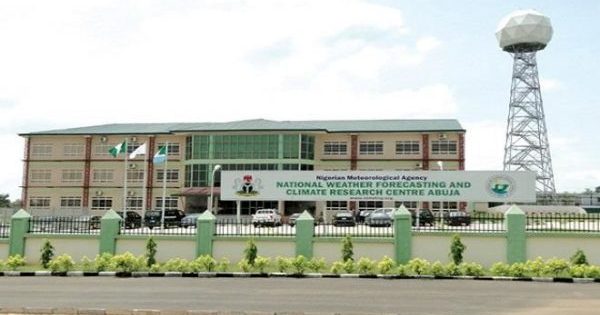The African Development Bank has taken the lead in a new regional and global effort to transform the African Savannah from a “Sleeping Giant” to the cradle of the continent’s green revolution.
The Bank’s Vice-President for Agriculture, Human and Social Development, Jennifer Blanke, told an audience at a 2018 World Food Prize side event in Des Moines, Iowa recently that “This sleeping giant needs to wake up.”
She described the nearly 400 million hectares of Savannah zones as “the world’s largest agricultural frontier,” adding that “if a small fraction of that cultivatable land – some 16 million hectares – is transformed, it could well set Africa up to decrease dependence on food imports, feed itself and contribute to feeding the world.
A release issued by APO Group on behalf of the bank said Africa hosts 60% of the world’s uncultivated arable land, but currently spends an estimated US$35 billion per year on importing food, adding that the figure was projected to shoot up to US$110 billion by 2025.
“Africa is importing what it should actually be producing: 22 million metric tons of maize, two million metric tons of soybean, one million metric tons of broiler meat and 10 million metric tons of milk product each year.
“This situation is made worse when African countries export raw goods outside the continent to be processed into consumer products imported back into Africa for purchase. In essence, Africa is exporting jobs outside the continent, and contributing to Africa’s poverty challenges.”
The African Development Bank said it was confident that the African Savannah can support the production of maize, soybean, and livestock, and transform the continent into a net exporter of these commodities pointing out that only 10 percent of the African Savannah was under cultivation and insisting that “better utilized, small sections of Africa’s grasslands could provide direct jobs for tens of millions of young people and indirect jobs for many more.”
READ ALSO: Global Fund pledges $660m grant to fight 3 diseases in Nigeria
Blanke, who spoke on behalf of AFDB President, Akinwumi Adesina, noted that Africa’s entire Savannah is more than twice the size of Brazil’s “Cerrados” that launched that country’s farming economy success.
According to her, transforming a small part of Africa’s mixed woodland grasslands, in a smart and sustainable way, can produce enough to supply all the continent’s maize, soybean, and livestock requirements.
She noted that Brazil transformed its tropical Cerrados into a US$54 billion food industry within two decades through skilful development of production technologies for new crop and livestock varieties; innovative soil and crop management programs adapted to the tropics; wide-scale dissemination of new agricultural technologies; low interest loans, and ambitious rural development programmes.
Blanke further disclosed that the Bank’s Technologies for African Agricultural Transformation for the Savannahs (TAAT-S) initiative seeks to transform 16 million Ha out of Africa’s 400 million Ha of Savannah into an agribusiness hive for the production of maize, soybean, and livestock.
Vice President Blanke led the Bank’s delegation selling the merits of its TAAT-S initiative at the World Food Prize gathering. The Bank’s TAAT-S session discussed training, innovation, entrepreneurship, and policy support for transformation of African Savannahs.












